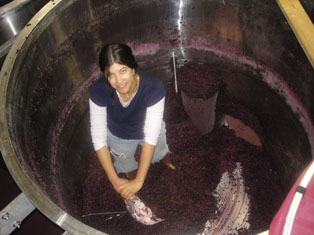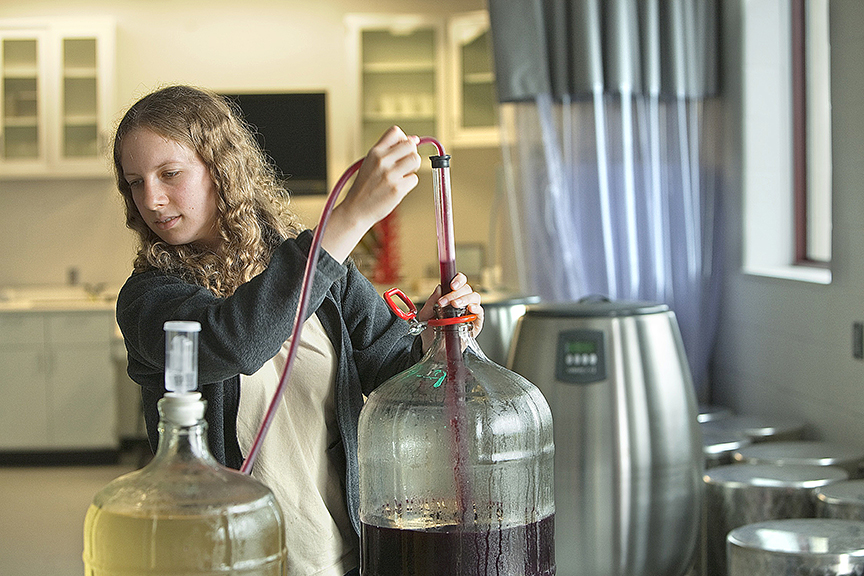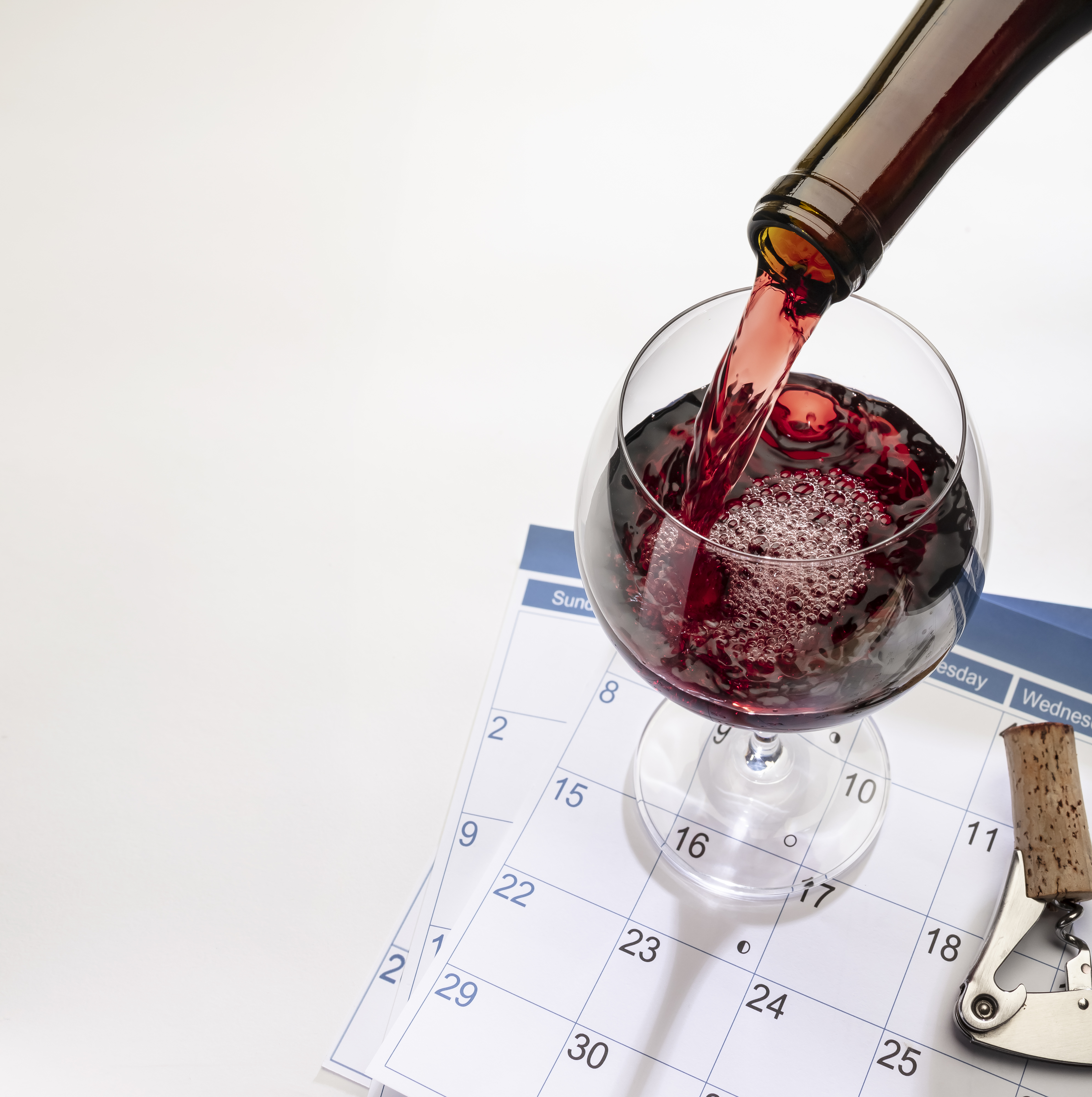Cold Soaking: Tips from the Pros

Melissa Burr, Winemaker at Stoller Vineyards in Dayton, Oregon. Melissa was raised in the Willamette Valley and, after completing her BS degree, studied winemaking at Chemeketa Community College in Salem, Oregon, and fermentation science at Oregon State University. She came to Stoller in 2003 after working as a harvest hand at several local wineries. She has been the production winemaker at Cooper Mountain for three harvests.
The grapes at Stoller Vineyards that we cold soak are Pinot Noir. I like using this technique to build the richness and flavor of the juice so that when fermentation starts the wine has had a head start on extraction.
In our particular winery, we benefit by cold soaking the grapes as it also encourages/allows time for the native or indigenous yeast in our winery to get established for fermentation. I really like the complexity and nuances that our indigenous yeast contributes to our wines.
In addition to the advantages for the character of the wines, cold soaking also has some practical advantages; mostly that after three days you get a more accurate measurement of the sugar content and chemistry of the must.
For home winemakers, it is a good idea to experiment with cold soaking if you haven’t tried it in your own winery to make your own winemaking decisions. For example, I have done experiments with cold soaks, such as cold soaking part of a batch for longer and then the other portion shorter. Through these time-based experiments I have found that I tend to prefer the longer cold soaked lots.
Any winemaker, whether you are making small batches at home on up to the commercial scale, can benefit from experimenting with cold soaking certain grapes. I would say that the biggest benefit is ultimately by building the flavor of the juice and attaining extraction ahead of time to make richer wine.
The risk, however, is contamination by spoilage organisms, so I would caution to make sure that there has been some SO2 added to the must before the cold soak starts to knock back any bad guys trying to get in. I add 50 ppm to all my grapes as I destem them prior to cold soak if they look good and clean, and 75 ppm SO2 if they have botrytis.

Chaim Gur-Arieh, Founder and Winemaker of C.G. Di Arie Vineyard and Winery in Mount Aukum, California. Chaim holds a master’s degree in food science from the University of Illinois in Urbana. He worked with the Quaker Oats Co. in Barrington, Illinois, where he developed the technology for the breakfast cereal “Cap’n Crunch”®. In 1998 Chaim and his wife Elisheva sold their company, Food Development Corporation, a company specializing in food product development, to purchase 209 acres in El Dorado County where they built their gravity-feed winery and developed 40 acres of vineyards.
At C.G. Di Arie, we cold soak all of our red varietal wines and the process begins at harvest. Cold soaking gives the grapes a gentler crush and introduces less harshness into the wine.
Following harvest, for cold soaking, I set the crusher to just barely bruise the fruit. At this point, depending on the temperature of the incoming fruit, we add dry ice to the crushed grapes while they are being conveyed into the tank to drop the temperature to 55 to 60 °F (13 to 16 °C). We also add sulfites to discourage any undesirable microbial activity.
Since we are crushing so gently, we don’t have enough juice to be able to start the fermentation right away. We maintain a temperature of 55 to 60 °F (13 to 16 °C) for a sufficient amount of time until enough juice is created. This could take two or three days from the day that the fruit goes through the crusher.
During this time the pectin enzymes in the fruit is liberated during the crushing act to break down the pectin and thus releasing the juice from the cells. This also liberates or creates some other aroma compounds that enhances the flavor of the finished wine.
Without the cold soak there would be a chance to start the fermentation pre-maturely prior to my inoculation. Also, the cold soaking enables the pectolytic enzymes to become active introducing into the wine desirable attributes.





